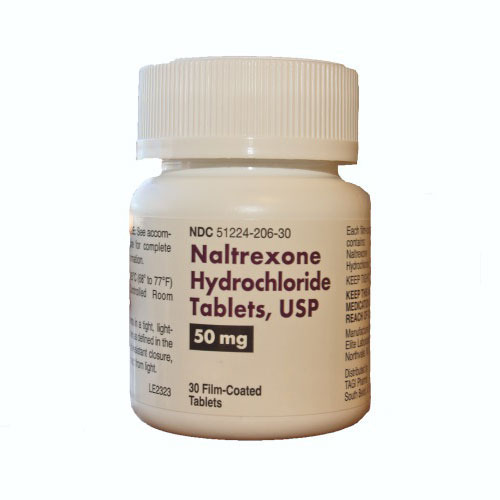Naltrexone Shortage Disrupts Addiction Treatment
/By Pat Anson, PNN Editor
An inexpensive drug used to manage chronic pain and treat substance use disorders has joined the growing list of medications that are in short supply in the United States.
The Food and Drug Administration and the American Society of Health-System Pharmacists (ASHP) both recently added naltrexone tablets to their drug shortage lists. It’s not clear what caused the shortage, but the ASHP says “there is insufficient supply for usual ordering.”
Naltrexone is FDA-approved to treat both alcohol and opioid use disorder, and is also used off-label in low doses to treat some chronic pain conditions.
In 50mg doses, naltrexone blocks opioid receptors in the brain and reduces cravings for opiates or alcohol. But in smaller doses of 5mg or less, patients have found low-dose naltrexone (LDN) to be an effective pain reliever for interstitial cystitis, Ehlers-Danlos syndrome, fibromyalgia, and other painful conditions.
LDN advocates believe the drug modulates the immune system, reduces inflammation and stimulates the production of endorphins, the body's natural painkiller. Because it is an opioid antagonist, naltrexone should not be taken with opioid medication.
So far, the shortage only affects 50mg naltrexone tablets. Pain patients usually obtain LDN by prescription from compounding pharmacies, which make the low dose versions in-house.
Several drug makers are reporting short supplies of 50mg tablets, including Accord Healthcare, Major, Elite Laboratories, SpecGx, Sun Pharma, Tagi Pharma, and Avet Pharmaceuticals. The companies didn’t provide the ASHP with a reason for the shortage, but said the tablets are on back order and would be released when they become available.
The naltrexone shortage comes at an inopportune time, as more people abused alcohol and other substances during the pandemic and sought treatment. The drug that helps them stay sober is now hard to get.
"People are coming in with more cravings," Dr. Aviva Zohar, an addiction medicine provider, told Philly Voice. "Even the feeling of, 'I don't know when my medicine is coming in,' is a huge struggle. It's horrific (and) causing a lot of stress.”
To make up for the shortage, some providers are giving patients Vivitrol, an injectable, extended-release formulation of naltrexone taken once a month. A single Vivitrol injection costs about $1,700, while a month’s supply of 50mg naltrexone tablets costs about $48.
The cheap price of naltrexone may be responsible for the shortage. Most drugs in short supply are low-cost generics with slim profit margins. Some manufacturers have reduced or stopped making generics because they’re not worth the cost of production or the risk of litigation.
Three generic opioids commonly taken for pain — immediate-release oxycodone, oxycodone-acetaminophen, and hydrocodone-acetaminophen tablets — have been on the ASHP shortage list for nearly a year, with no end in sight.










